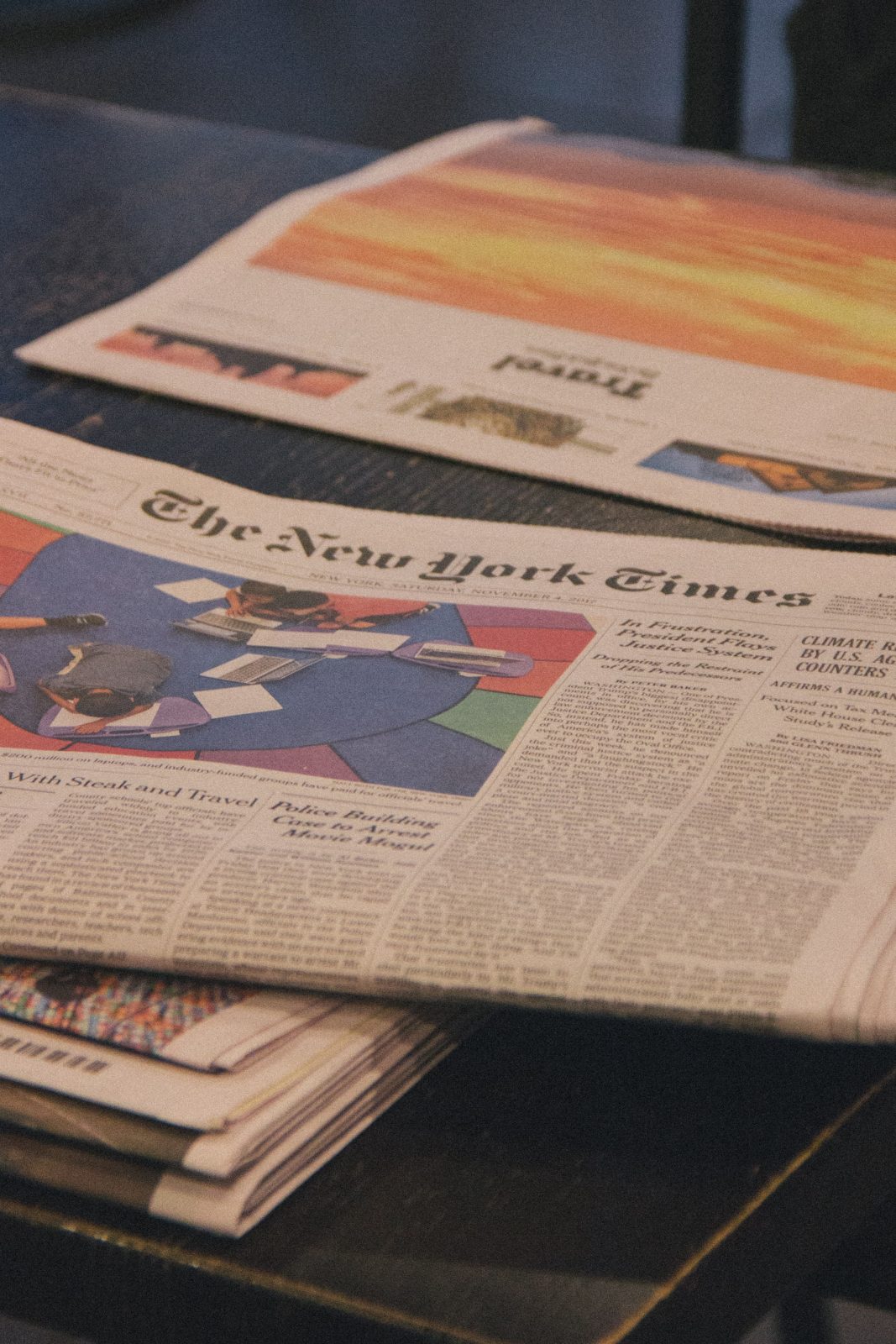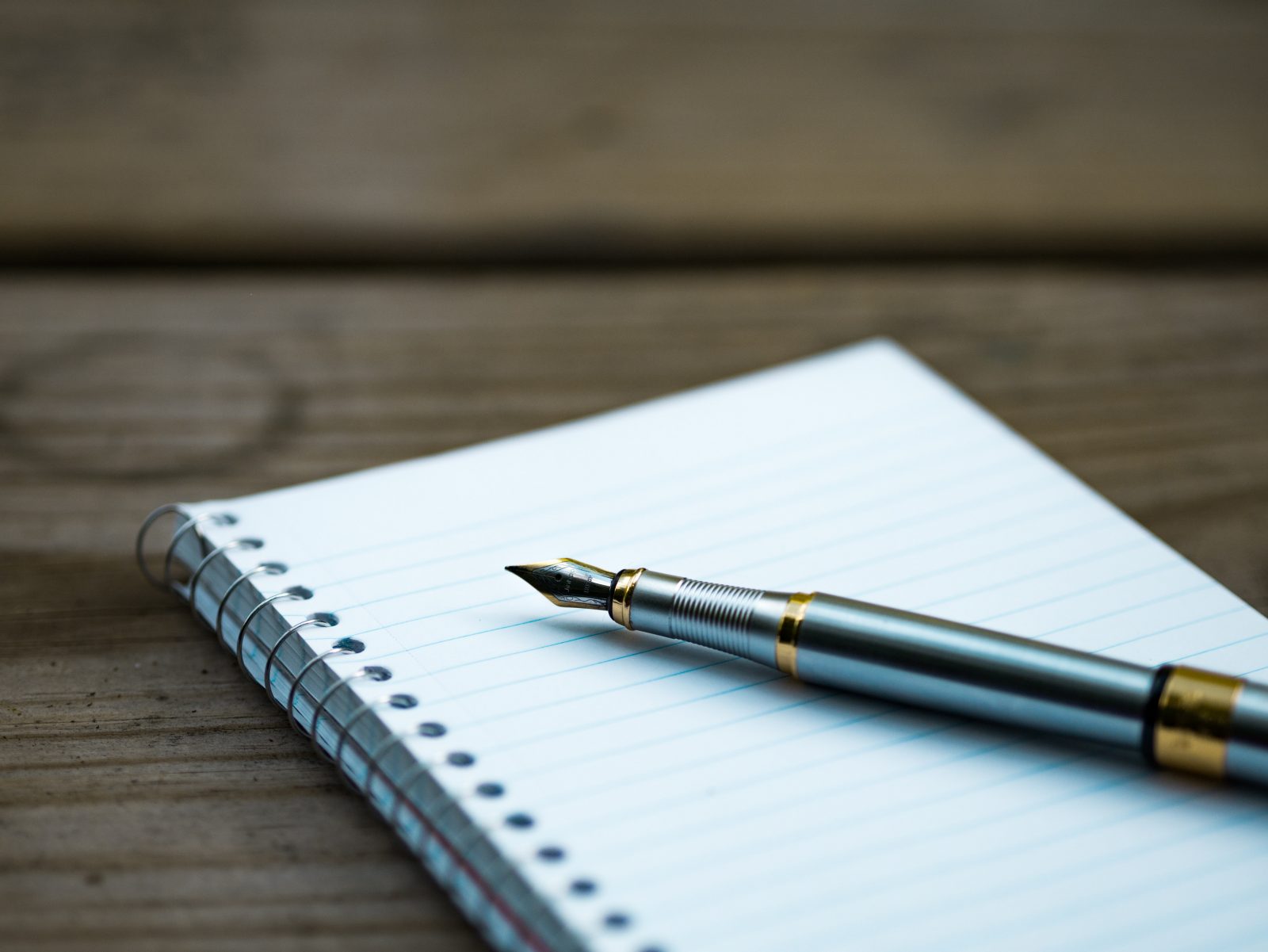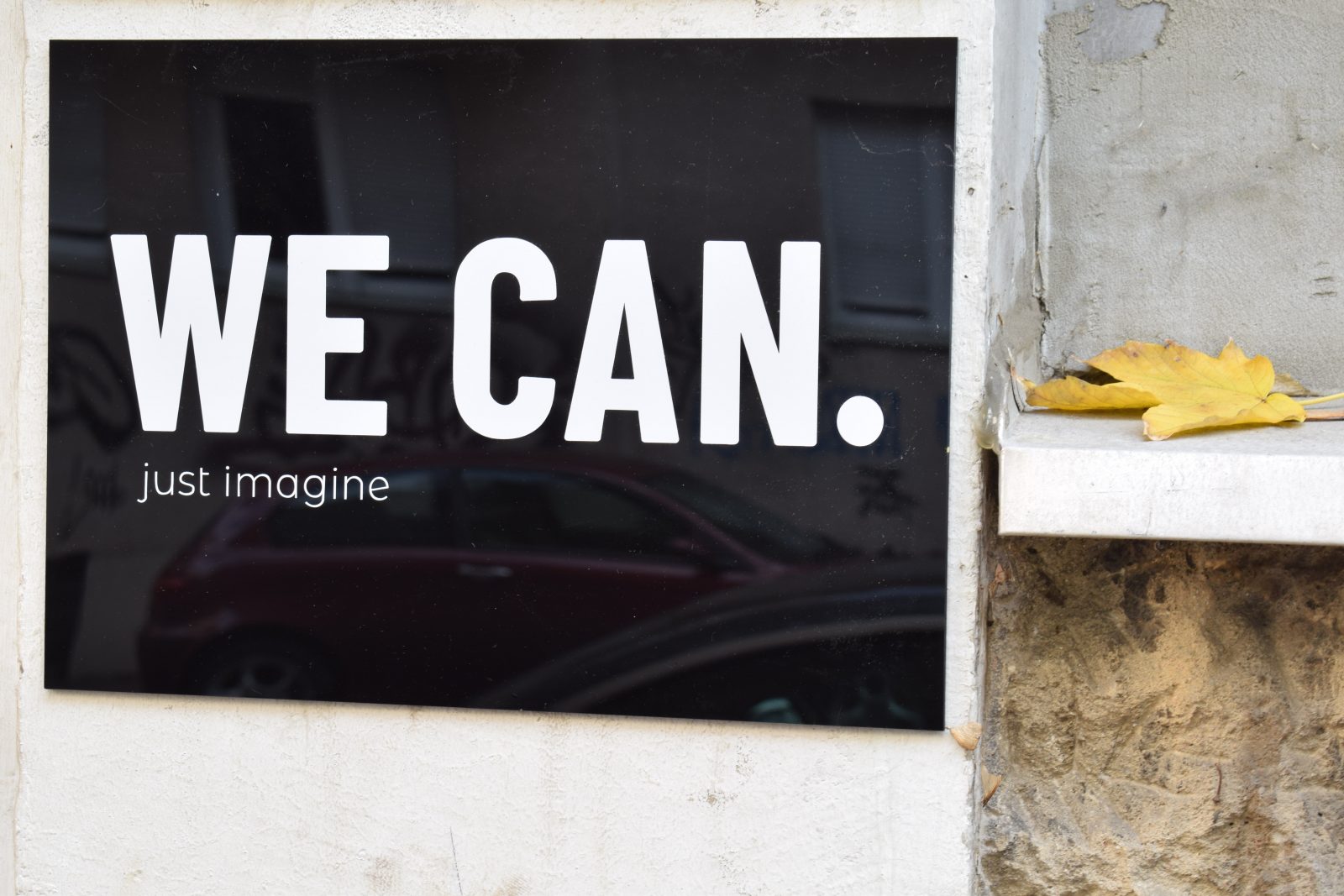If you start talking about New Year’s Resolutions, you’ll probably get a lot of eye-rolling. They can be vague promises we make to ourselves about change that we never really pursue. There are running jokes about gyms being full on January 1st, and nearly empty by February. Now, I’ll preface the rest of this article by saying I’m not a life coach, an expert in UX design, or a counselor. However, I do believe that we can design our goals or resolutions using some of the same UX Design techniques I use with clients to design new experiences for their employees.
Several of the techniques described here were taken from Ideo’s Design Kit Travel Pack, which is a set of cards that provides various methods that “can be used by anyone tackling big challenges to design more creative, impactful solutions to big challenges.”
 The first method is called “Headlines from the Future” and it’s a great technique for imagining a future state and setting that overall vision. The card says to close your eyes and imagine it’s twenty years in the future. However, for this article let’s imagine that it is just one year in the future.
The first method is called “Headlines from the Future” and it’s a great technique for imagining a future state and setting that overall vision. The card says to close your eyes and imagine it’s twenty years in the future. However, for this article let’s imagine that it is just one year in the future.
Picture all of the successes and achievements that the new year will bring. Once you’ve imagined that future state, write down a newspaper headline and sketch an image, or pull one from google, for a New York Times feature about this new reality (feel free to use another publication if that makes more sense, like Forbes or Woodworker’s Journal if that’s your thing). By starting at the end, you can create a vision of where you want to be, and the impact it will have on your life. With a clear outcome in mind, it’s easier to create a tangible plan to achieve those results.
If you’re a little stuck in creating that vision and you’re looking to identify some potential goals, Ideo has a technique in their Design Kit called “Fill in the Blank” and it is exactly like it sounds. There is a template provided on the card that goes like this:
I am <blank> when I <blank> because <blank>.
In the first blank you would put a feeling. Like happy, sad, or excited. You could put something like “successful” or “focused”. The second blank is where you would put the context of the statement, like “at the gym” or “have an organized office space”. The third blank is the result of the feeling and the context you’ve defined.
Putting it all together, you might end up with an example like “I feel successful when I have an organized office space  because it lets me focus on the work instead of a mess.” By identifying some of the things that make us feel happy, successful, sad, or fearful, we can then make a plan. Take the office example. Taking five minutes at the end of every workday to tidy up will further motivation and improve focus. Similarly, if you identify something that’s making you sad, you can put together a plan to minimize those occurrences. Or, deal with those situations in a more positive way.
because it lets me focus on the work instead of a mess.” By identifying some of the things that make us feel happy, successful, sad, or fearful, we can then make a plan. Take the office example. Taking five minutes at the end of every workday to tidy up will further motivation and improve focus. Similarly, if you identify something that’s making you sad, you can put together a plan to minimize those occurrences. Or, deal with those situations in a more positive way.
Lastly, if you have some known goals for the new year, or maybe some pains from the previous one you’d like to eliminate, you can use the design technique of creating “How Might We” questions to give yourself prompts to generate ideas on what some good next steps would be. To adapt to your individual usage, you could phrase them as “How Might I”. These types of questions are fantastic because they suggest that a solution is possible. They suggest that there are a variety of ways to achieve a particular outcome.
For example, you may set a goal of exercising more often, which is a fairly common resolution. Writing down “How might I exercise more often” can help generate ways you think that is possible. Some possible ideas might be finding times that work with your schedule. You can work on finding a gym to go to, or getting supplies for a home gym. Additionally, it can be helpful to arrange for child care during the time you want to exercise. With exercises like this, you get to generate a lot of ideas and can evaluate and prioritize from there.

Certain milestones, like a new calendar year or a birthday, allow us to apply a little introspection to our lives. What makes us happy, sad, productive, excited? Who is the person we want to be this time next year? How can we make that happen? Using the techniques above, you have the ability to “design” your future. Simple things like creating a vision, identifying how things make us feel, and coming up with ideas to make that future a reality put you in a better position to succeed. You’re in a better position to succeed than a bulleted list of 5 things you’d like to accomplish. So, what’s your headline for next year?
This article is originally on Medium. The original post can be found HERE
If you are interested in viewing similar articles about UX Design, visit our blog, here.
View our LinkedIn, here.